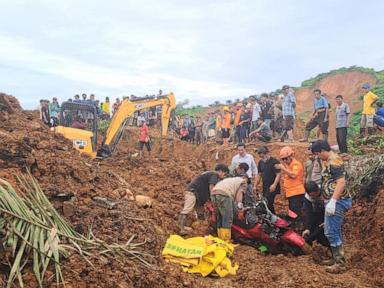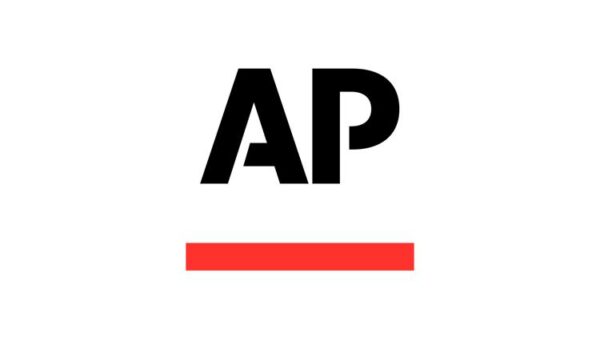Japan’s defense ministry has released its latest defense white paper, highlighting escalating threats posed by the strengthening ties between China and Russia and the advancements in North Korea’s missile capabilities. During a press conference on July 15, 2023, Defense Minister Gen. Nakatani emphasized that Japan is navigating the “most severe and complex security environment,” prompting the government to pursue significant enhancements to its defense capabilities.
The annual defense white paper reviews the security landscape and the government’s actions from the previous fiscal year. This report outlines Japan’s strategic objectives, which are set to be fully realized by 2027. A core part of this strategy includes substantial investments in standoff missile capabilities and the deployment of military assets across vital bases, particularly in the Nansei Islands, which are central to Japan’s defense initiatives.
Increased Military Activity and Regional Threats
Japan’s growing concerns are largely driven by the activities of Chinese naval forces in the waters surrounding the Senkaku Islands. The white paper details several incursions, including a notable incident in May when four Chinese Coast Guard ships entered these contested waters. Additionally, a Chinese Z-9 anti-submarine helicopter breached Japanese airspace, marking a significant escalation in regional tensions.
The document asserts that “China has been relentlessly continuing its unilateral attempts to change the status quo by force around the Senkaku Islands, leading to a matter of grave concern.” While Gen. Nakatani refrained from discussing Japan’s potential involvement in a hypothetical conflict between the United States and China over Taiwan, he confirmed that the ministry is committed to enhancing deterrence through cooperation with Washington.
To bolster its southwestern defenses, Japan has implemented advanced monitoring and surveillance systems, deployed anti-ship guided missile units, and established electronic warfare and air defense units in the region. Recently, the Ground Self-Defense Forces began relocating V-22 Ospreys from Chiba, approximately 30 miles from Tokyo, to the newly opened Saga garrison on Kyushu Island. These aircraft will support amphibious operations and enhance the region’s defensive capabilities.
Concerns Over North Korea and Regional Alliances
The white paper also addresses the growing military collaboration between Russia and China, noting joint bomber flights and naval operations near Japan. This partnership is underscored by the recent deployment of Russian submarines, including a new Borey-class nuclear-powered submarine, which raises alarms about regional security dynamics.
Japan’s apprehensions extend to North Korea, where ongoing missile tests and satellite launches pose significant threats. The document highlights North Korea’s rapid advancements in missile technology, including the development of hypersonic missiles. It warns that North Korea is focusing on enhancing its nuclear and missile capabilities, complicating security for Japan.
As the white paper was released just days before the Upper House elections on July 20, local analysts predict that the outcome could either solidify the ruling Liberal Democratic Party’s majority or potentially trigger political instability, impacting Prime Minister Shigeru Ishiba‘s position.
In summary, Japan’s defense strategy is evolving in response to a more dangerous and complex security environment, characterized by increasing military assertiveness from China, Russia, and North Korea. The government aims to strengthen its defense posture significantly, ensuring preparedness in a shifting geopolitical landscape.





































































